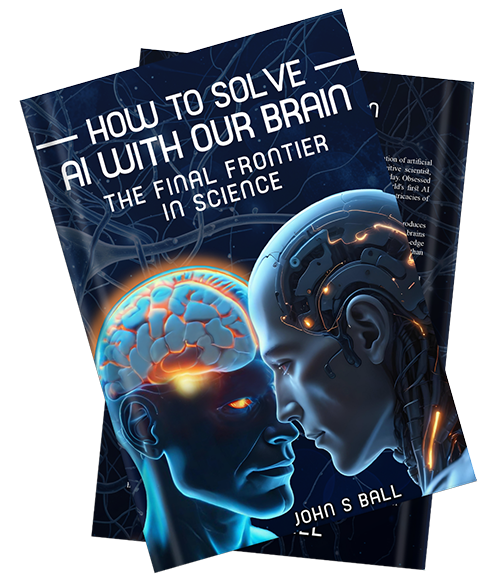Artificial Intelligence (AI) has made remarkable strides in recent years, with computational models capable of performing tasks that were once solely in the domain of humans. From voice recognition to image analysis, AI has shown that machines can process vast amounts of data to achieve impressive results, but human levels are still sorely missing. And while these computational models have advanced, they are limited in one crucial way: they don’t truly understand what they are processing. The future of AI lies not just in more data or faster computations, but in moving beyond computation itself—towards true understanding.
Statistical methods and computational power have driven traditional AI. Models like Large Language Models (LLMs) rely on massive datasets and pattern recognition to predict and generate text, images, or responses. These systems have delivered significant success in fields like natural language processing, chatbots, and image generation. However, these models do not comprehend the meaning behind the data and as a result they are not killer AI apps, but just hints at “what could be.” They are excellent at recognizing patterns and making predictions based on probabilities, but they cannot understand context, nuance, or meaning. This is where current AI falls short and why the future of AI must evolve.
The human brain, in contrast, does not simply compute. It recognizes meaning, making inferences, and understanding the world. It goes well beyond the raw data it receives. This is why humans can grasp the deeper implications of language, recognize emotions, and adapt to new situations without being explicitly trained for every possible scenario. The next generation of AI will replicate these cognitive abilities, exploiting meaning, context and understanding rather than just computation.
One of the most pressing challenges in AI today is addressing its inability to deal with ambiguity. Current AI systems, no matter how advanced, struggle with tasks that require an understanding of subtlety, metaphor, or emotional context. This is because they rely on computation alone. Machines trained purely on statistical data can tell you what the next word in a sentence might be, but they cannot tell you why that sentence matters in a broader context or how it might affect someone emotionally. As we continue to integrate AI into more areas of life—from healthcare to customer service—this lack of true understanding becomes more evident and problematic.
John Ball, a cognitive scientist and AI expert argues that the future of AI requires a shift from computation-based models to cognitive science-inspired approaches. His Patom Theory emphasizes the importance of emulating the brain’s recognition of meaning, which goes beyond mere calculations. In his book, How to Solve AI with Our Brain, Ball explains how a meaning-driven model can enable AI to understand language and complex human interactions truly. This shift is not just about building more effective machines but about creating systems that can understand and respond in a human-like manner.
Moving beyond computation means embracing the idea that AI should not process data but interpret it in meaningful ways. By focusing on understanding, we open the door to AI systems that can handle complex tasks like nuanced conversations and decision-making in uncertain situations. This evolution would make AI far more useful in real-world applications, where understanding the why and how behind actions is often more important than simply knowing what comes next.
The future of AI lies in its ability to think beyond numbers and surface patterns. By incorporating cognitive principles and striving for true understanding, we can move past the limitations of current computational models and unlock the potential of AI to interact with the world in a human-like, meaningful way.


